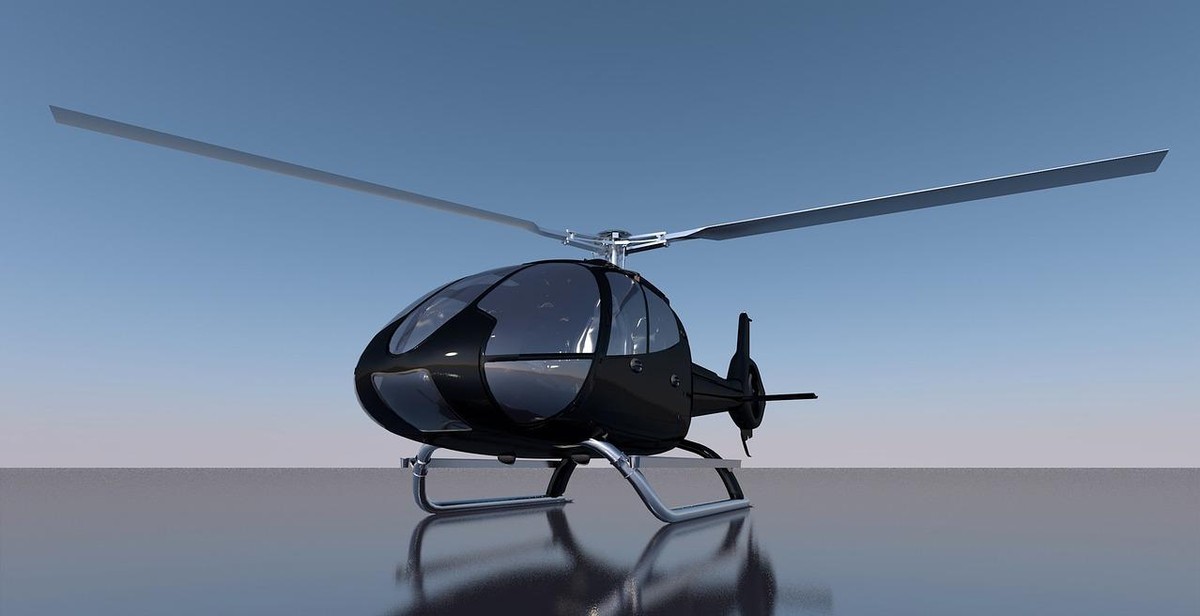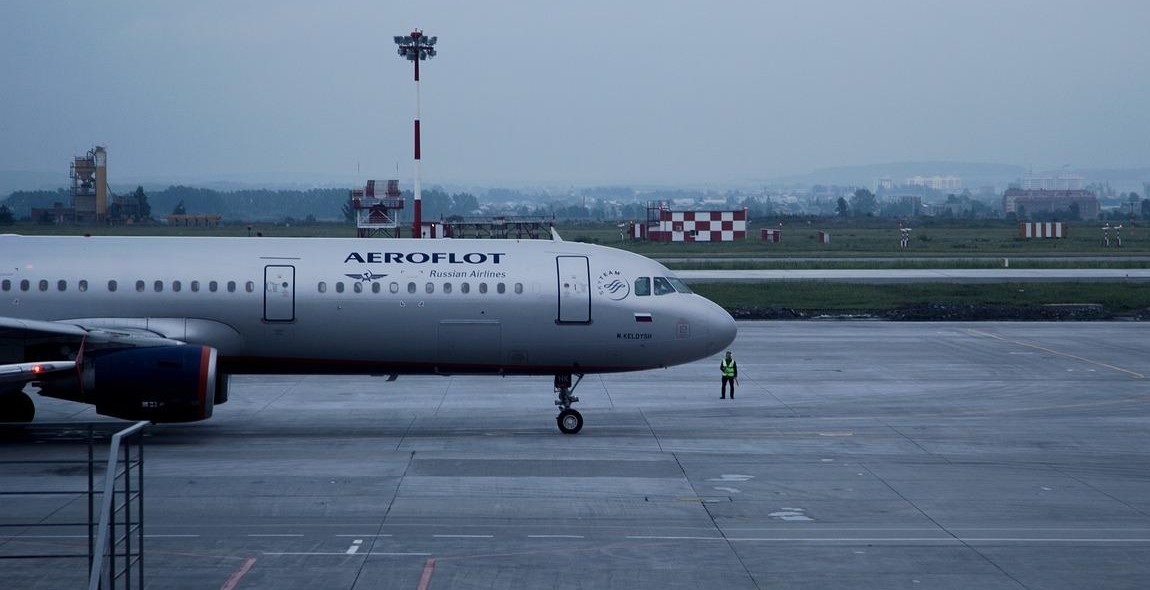How to Perform a Power-On Stall: Techniques for Recognizing and Recovering from Stall Situations
If you’re a pilot, you know that stalls are one of the most dangerous situations you can encounter while flying. A stall happens when the angle of attack of the wing is too high and the airflow over the wing becomes disrupted, causing a loss of lift. During a power-on stall, the plane is typically in a climb and the pilot has added power, causing the angle of attack to increase and the plane to slow down. This can be a dangerous situation if not handled correctly.
What is a Power-On Stall?
A power-on stall occurs when the airplane is in a climb and the pilot applies full power, causing the angle of attack to increase. This causes the airplane to slow down and lose lift, which can lead to a stall. In this situation, the airplane can roll to one side or enter a spin, which can be difficult to recover from.
Why is it Important to Learn?
Learning how to perform a power-on stall and how to recognize the signs of an impending stall is critical for any pilot. If you can recognize the signs of a stall and take corrective action quickly, you can prevent a dangerous situation from becoming a disaster. By learning how to recover from a power-on stall, you’ll be better equipped to handle unexpected situations and keep yourself and your passengers safe.
In the following sections, we’ll discuss the techniques for recognizing and recovering from power-on stalls, as well as the steps you can take to prevent them from occurring in the first place.

Recognizing a Power-On Stall
A power-on stall occurs when an aircraft’s angle of attack (AOA) is too high during takeoff or climb. This can happen when the aircraft is flying too slowly or the engine power is too high for the current airspeed. If not recognized and addressed promptly, a power-on stall can lead to a loss of control and a potential crash. The following are indicators of a power-on stall:
- Increased altitude loss
- Decreased airspeed
- Increased pitch angle
- Buffeting and vibration
- Stall warning horn or light
It is important to note that not all of these indicators may be present in every power-on stall situation. Pilots must be able to recognize any one or combination of these indicators and take immediate action to recover from the stall.
How to Respond to Stall Warnings
If a stall warning is activated, the pilot must take immediate action to recover from the power-on stall. The following steps should be taken:
- Reduce the angle of attack by lowering the aircraft’s nose
- Apply full power to the engine
- Level the wings
If the aircraft is in a banked turn during the power-on stall, the pilot should first level the wings before reducing the angle of attack and applying full power.
It is important for pilots to be familiar with their aircraft’s stall characteristics and practice stall recovery techniques regularly. A power-on stall can happen unexpectedly and can be dangerous if not recognized and addressed promptly. By being aware of the indicators and knowing how to respond to stall warnings, pilots can ensure a safe and successful flight.
Recovering from a Power-On Stall
Stalls can be dangerous, but with the right technique, you can easily recover from them. Here are the steps to take when recovering from a power-on stall:
Steps to Take When Recovering
- Release the back pressure on the yoke to lower the nose of the aircraft. This will allow the wings to regain lift.
- Apply full power to the engine to increase airspeed and generate more lift.
- Once the aircraft has regained flying speed and the wings have regained lift, gradually level the wings and return to normal flight.
It’s important to note that the recovery process should be done smoothly and progressively. Abrupt movements can cause the aircraft to enter into a spin or spiral.
Common Mistakes to Avoid
When recovering from a power-on stall, there are some common mistakes that you should avoid:
- Pulling back too hard on the yoke: This can cause the aircraft to enter into a spin or spiral.
- Not applying enough power: Without enough power, the aircraft may not regain enough airspeed to generate lift and recover from the stall.
- Leveling the wings too quickly: Doing this can cause the aircraft to enter into a secondary stall.
Remember, the key to recovering from a power-on stall is to remain calm and follow the proper recovery technique. With practice, you’ll be able to recognize and recover from stalls with ease.

Techniques for Preventing Power-On Stalls
Power-on stalls can be dangerous and can cause accidents if not properly handled. Here are some techniques for preventing power-on stalls:
1. Maintain Proper Airspeed
One of the main causes of power-on stalls is flying too slowly. It is important to maintain proper airspeed and not to slow down too much during takeoff or climb. Keep an eye on the airspeed indicator and adjust the throttle or pitch as necessary to maintain a safe airspeed.
2. Avoid Overloading the Aircraft
Overloading the aircraft can also lead to power-on stalls. Make sure to check the weight and balance of the aircraft before takeoff and avoid carrying too much weight. Distribute the weight evenly and follow the manufacturer’s recommendations for maximum weight and balance.
3. Keep the Aircraft in Good Condition
Aircraft maintenance is crucial for safe flying. Make sure to perform regular inspections and maintenance checks to ensure that the aircraft is in good condition. Pay attention to any signs of wear or damage and address them promptly.
4. Practice Safe Flying Habits
Practicing safe flying habits can also help prevent power-on stalls. Always follow proper takeoff and climb procedures, and avoid making abrupt or sudden movements. Keep a watchful eye on the weather conditions and be prepared to adjust your flying accordingly.
5. Get Proper Training
Finally, getting proper training is essential for preventing power-on stalls. Make sure to receive proper instruction on how to recognize and recover from stall situations. Practice stall recovery techniques with a certified flight instructor until you feel confident in your ability to handle the situation.
- Maintain proper airspeed
- Avoid overloading the aircraft
- Keep the aircraft in good condition
- Practice safe flying habits
- Get proper training
By following these techniques, you can help prevent power-on stalls and ensure safe flying.

Conclusion
Performing a power-on stall is an essential skill for every pilot. It helps you to recognize and recover from stall situations, which can be life-threatening if not handled correctly. In this article, we have discussed the techniques for performing a power-on stall and how to recover from it.
Remember, the key to performing a power-on stall is to maintain a coordinated flight and keep your eyes on the airspeed indicator. Never let the airspeed drop below the critical angle of attack, and always be prepared to apply the correct recovery technique.
Practice makes perfect, and it’s essential to practice power-on stalls until you are confident in your ability to recognize and recover from them. It’s also essential to stay current with your training and practice regularly to maintain your skills.
As a professional and experienced pilot, I can attest to the importance of performing power-on stalls. It’s a skill that every pilot should have in their repertoire, and it could save your life or the lives of your passengers in an emergency situation.
- Remember to always:
- Maintain a coordinated flight
- Keep your eyes on the airspeed indicator
- Never let the airspeed drop below the critical angle of attack
- Practice regularly to maintain your skills
With these techniques and tips, you’ll be able to perform power-on stalls with confidence and safety.
| Author: | John Smith |
| Date: | June 15, 2021 |
